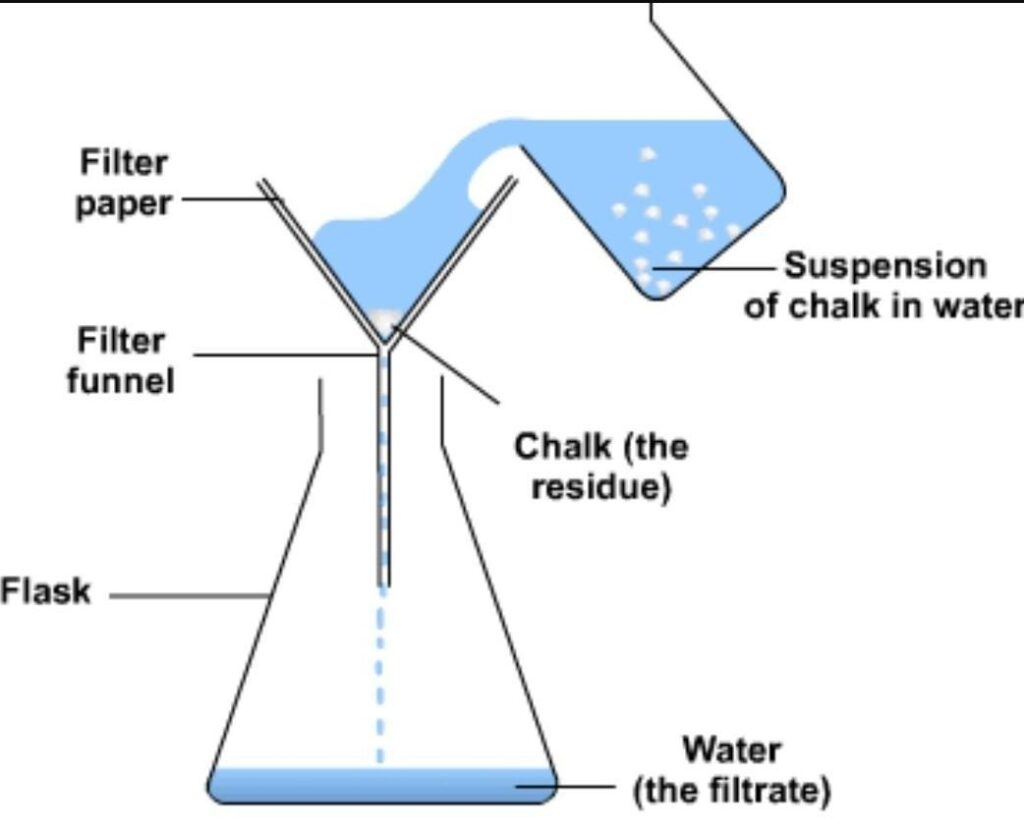Water separation techniques have become increasingly critical in addressing environmental challenges such as waste management, water pollution, and soil erosion. These techniques are used to remove contaminants, sediment, and other unwanted materials from water, ensuring cleaner resources and minimizing environmental impact. Among the most innovative solutions in this domain is the use of geotextile tubes. These advanced tools have revolutionized how industries and communities handle water treatment and environmental restoration.

1. The Importance of Water Separation Techniques
Water separation techniques play a crucial role in various industries, including construction, agriculture, and mining. They help manage waste, control water quality, and prevent contamination of natural water bodies. Traditional methods, such as settling ponds or mechanical filtration systems, often face challenges like high costs, maintenance issues, and space requirements.
Innovative approaches, however, aim to overcome these limitations while providing sustainable and efficient results. Geotextile tubes, for instance, have emerged as a practical and eco-friendly solution that meets the demands of modern water treatment needs.
2. What Are Geotextile Tubes?
Geotextile tube are large, permeable fabric containers designed to separate solids from liquids. These tubes are made of high-strength, durable materials that allow water to pass through while retaining solids such as sludge, sediment, and waste. The design and functionality of geotextile tubes make them an excellent choice for industries and environmental projects.
They are often used in applications like dewatering, shoreline stabilization, and containment of dredged materials. Their versatility, cost-effectiveness, and minimal environmental footprint have made them a preferred choice for water separation techniques worldwide.
3. How Geotextile Tubes Work
The process of using geotextile tubes is straightforward yet highly effective. First, a slurry of water and solids is pumped into the tube. As the water passes through the permeable fabric, the solids are left behind, gradually forming a compact mass. Over time, this allows for efficient dewatering and reduces the volume of waste materials.
Once the solids have fully dewatered, they can be safely removed or repurposed, depending on the application. This method significantly reduces the need for additional treatment or disposal, making it both economical and environmentally friendly.
4. Applications of Geotextile Tubes
Geotextile tubes are used in diverse settings, including:
- Coastal Protection: Preventing shoreline erosion and protecting habitats.
- Dewatering Projects: Managing wastewater in municipal and industrial facilities.
- Environmental Restoration: Containing and removing contaminated sediment from rivers and lakes.
5. The Future of Environmental Solutions
As the demand for sustainable water separation techniques grows, geotextile tubes are becoming increasingly essential. Their adaptability and proven effectiveness make them a powerful tool in addressing global environmental challenges.
Final Thoughts
Innovative water separation techniques, particularly the use of geotextile tubes, have redefined how industries and communities approach water management. By combining efficiency, cost-effectiveness, and environmental responsibility, these solutions pave the way for a cleaner and more sustainable future.

